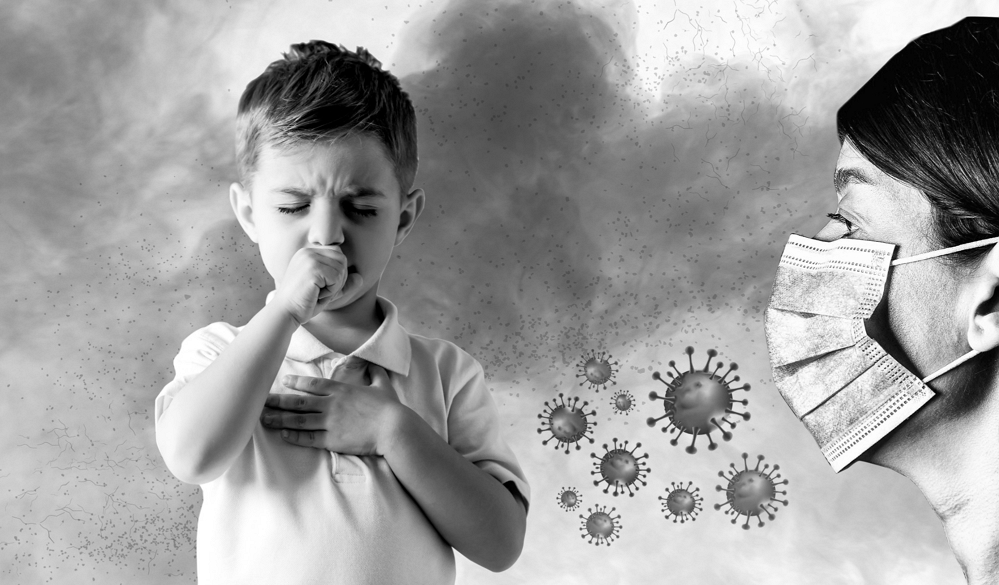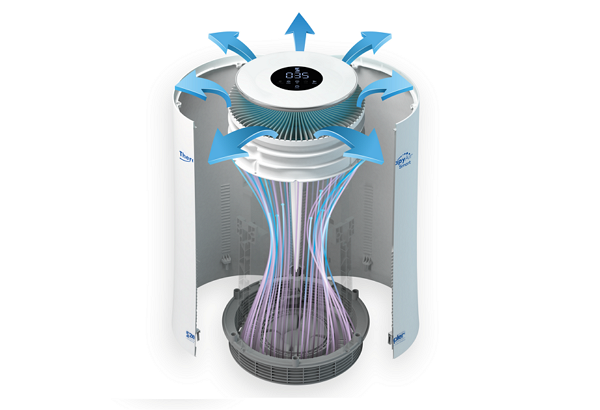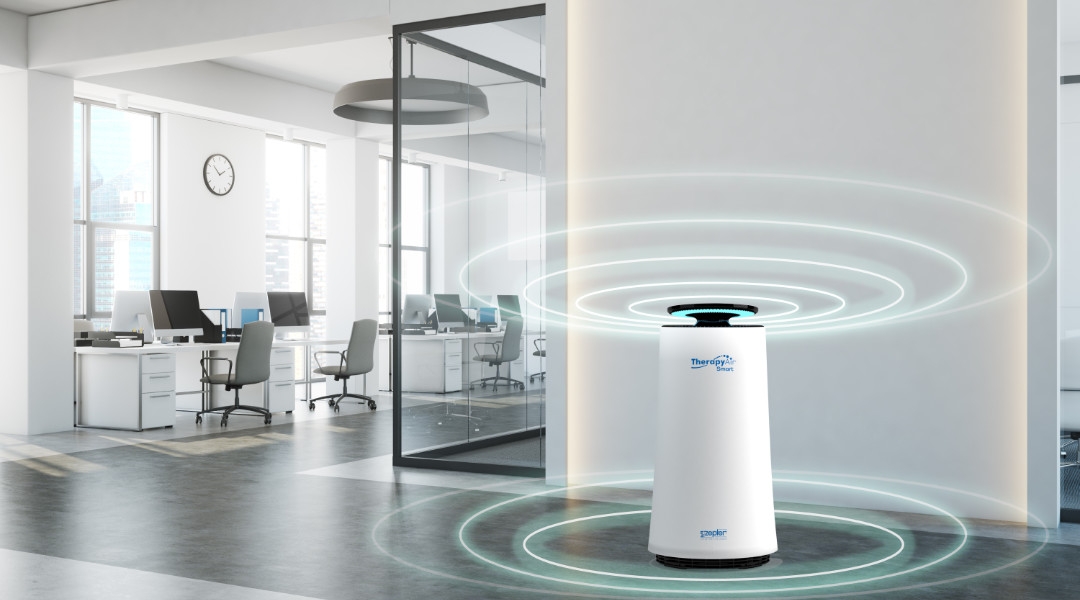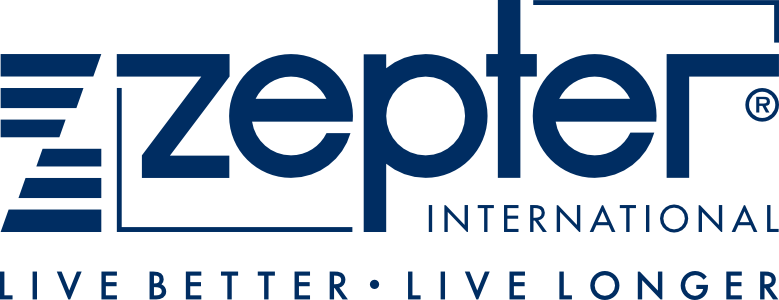While scientists around the world worked to find vaccines, we struggled to find ways to protect ourselves and our loved ones. But how do we protect ourselves from a "silent killer" that is invisible and seems completely out of our control?
Knowledge is the answer; therefore, in this article, we will revise:
- What are the common pollutants of indoor space?
- How bacteria and viruses are transmitted?
- What health issues may we experience?
- What are the main features every effective air purifier should have?
What are the common pollutants of indoor space?
We take on average 20 000 baths/day, or nearly 8 litres every minute. Imagine breathing this much polluted air. Imagine the amount of bacteria, viruses, allergens, mold spores, and germs in the air we inhale daily. Add to that the other pollutants, such as dust mites, hair, dandruff, pet hair, toxic gases, chemical compounds, building materials, furnishing, household products and so on.
How bacteria and viruses are transmitted?
Bacteria and viruses can be transmitted through the air, droplets and surfaces on which they fall from the air. Bacteria are single-celled organisms and can survive longer on various surfaces and without a host. Viruses work differently – by itself, a virus can accomplish nothing- it needs to enter a living host to perform its only function, which is to replicate. When a virus gets inside a host, it can hijack a person's cellular machinery to produce clones of itself, overtaking more cells and continuing to reproduce.Even if we keep a proper distance, it is enough that someone who is infected near us coughs, sneezes or even just talks for us to be exposed to the risk of infection.
What health issues may we experience?
Although the respiratory organs are the first to be hit, ultrafine particles cause inflammation that floods through the bloodstream and reaches every cell in our body. Decreased immune response facilitates faster penetration and replication of viruses.Long exposure to air pollution may cause headache, anxiety, poor sleep, nose and throat irritation, inflammation, infections, respiratory problems from asthma to lung cancer, skin aging, hives, brittle bones and other head-to-toe harm caused by air pollution.
There is a solution, of course, in the form of air purifiers. They certainly cannot eliminate the source of infection, but they will reduce the amount of pathogens in the air and significantly reduce the possibility of infection.

What are the main features every effective air purifier should have?
The choice on the market is really big, but it is important to know that not all of them are equally effective in eliminating bacteria, viruses and other air pollutants.That's why it's essential to familiarize yourself with the basic principles of how purifiers work.
1. A filter that every air purifier must have is a HEPA filter. The HEPA filter belongs to mechanical filters and has the power to eliminate 99.97% of particles from the air with a diameter of 0.3 microns. You should know that even among HEPA filters, there are differences in quality. For example, Therapy Air Smart uses the H13 HEPA filter type, which is considered the highest quality HEPA filter that can be found on the market. This medical grate of a filter is used in operating rooms. HEPA filter can be fully effective and last longer thanks to previous filters in multi-layer systems.
2. The first line of defense should be Prefilter that successfully retains larger dust particles, mold, dandruff, human and animal hair. Prefilter of Therapy Air Smart contains silver nanoparticles that have a proven antibacterial effect.
3. The main role of the Carbon filter is to eliminate gaseous pollutants and volatile toxic compounds from the air, and it can also retain microorganisms of various sizes. The carbon filter of Therapy Air Smart contains 400 g of coconut shell charcoal, which has the highest density of microspores.

4. But have you ever thought about how all these larger particles can even serve as food for bacteria if there is no other filter that will completely eliminate them?
Therefore your air purifier must have an extra barrier- a strong disinfecting UV light to inactivate airborne pathogens. Therapy Air Smart uses built-in short-wave UV_C light of 265-315 nm, which splits the RNA/DNA material in the cell nucleus of microorganisms, making them unable to live and reproduce. Instead of filtering, it completely eradicates them.
5. What also very effectively eliminates bacteria and viruses from our breathing zone are negative ions. They bind to the smallest particles in the air and exhibit a remarkable bactericidal effect. Negative ions, Air vitamins relax the mind and body, increase metabolism, stabilize appetite and blood pressure, enhance recovery from physical exhaustion, and have other numerous health benefits. Therefore, always check if the purifier also contains an air ionizer because there is hardly anything that can replace it, considering its powerful effects. Therapy Air Smart, for example, contains a very powerful air ionizer that produces as many as 5,000,000 negative ions per cubic centimeter, which guarantees you to feel refreshed and invigorated like when you are next to Niagara Falls.

We are all primarily concerned regarding outdoor pollution. Unfortunately, the indoor space of our home, office, gym, restaurants- and anywhere else that people live, gather, socialize and work, is even ten times more polluted. An air purifier effectively prevents the spread of infections, and even when the epidemic is over, many viruses and bacteria will still lark every year. Therefore, investing in a quality air purifying system is not a luxury; it is investing in preventing illnesses, better recovery and maintaining overall health.
If you would like to know more about Therapy air smart read here.






